Ethnicity Bambara | ||
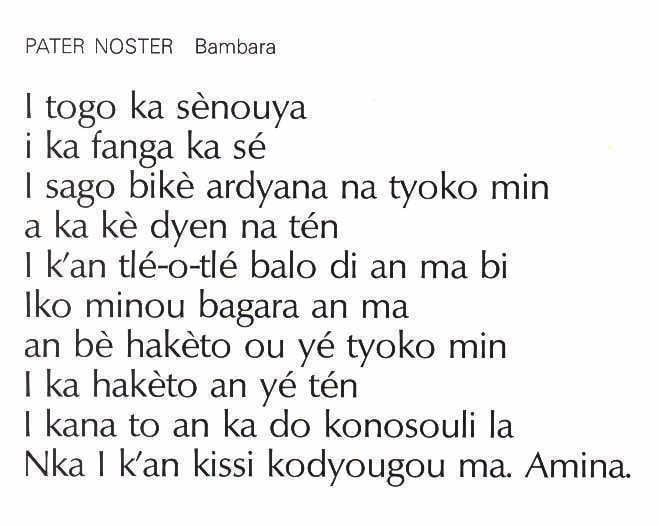 | ||
Native speakers 4 million (2012)10 million L2 speakersSpoken to varying degrees by 80% of the population of Mali Language family Niger–CongoMandeWestern Mande...MandingEast MandingBambara–DyulaBambara | ||
Bambara language lesson 1
The Bambara (Bamana) language, Bamanankan, is a lingua franca and national language of Mali spoken by perhaps 15 million people, 5 million Bambara people and about 10 million second-language users. It is estimated that about 80 percent of the population of Mali speak Bambara as a first or second language. It has a subject–object–verb clause structure and two lexical tones.
Contents
- Bambara language lesson 1
- Classification
- Alphabet and literature
- Geographical distribution
- Dialects
- Writing
- Grammar
- Loan words
- Examples
- Music
- Legal status
- References
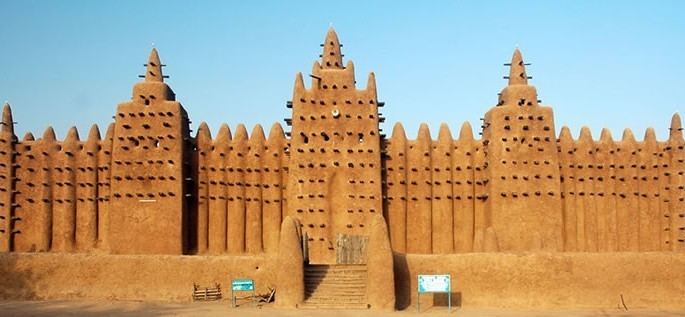
Classification

Bambara is a variety of a group of closely related languages called Manding, whose native speakers trace their cultural history to the medieval Mali Empire. Varieties of Manding are generally considered (among native speakers) to be mutually intelligible – dependent on exposure or familiarity with dialects between speakers – and spoken by 30 to 40 million people in the countries Burkina Faso, Senegal, Guinea Bissau, Guinea, Liberia, Ivory Coast and the Gambia. Manding is part of the larger Mandé family of languages.
Alphabet and literature
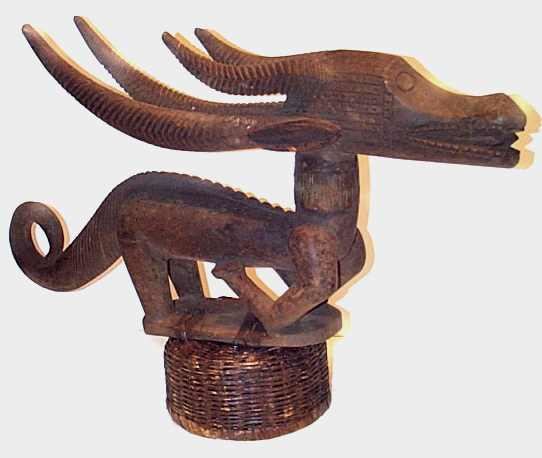
It uses seven vowels a, e, ɛ, i, o, ɔ and u (the letters approximate their IPA equivalents). Writing began during the French occupation, and the first orthography was introduced in 1967. Literacy is limited, especially in rural areas. Although written literature is only slowly evolving (due to the predominance of French as the "language of the educated"), there exists a wealth of oral literature, which is often tales of kings and heroes. This oral literature is mainly tradited by the "Griots" (Jeliw in Bambara) who are a mixture of storytellers, praise singers and human history books who have studied the trade of singing and reciting for many years. Many of their songs are very old and are said to date back to the old kingdom of Mali.
Geographical distribution
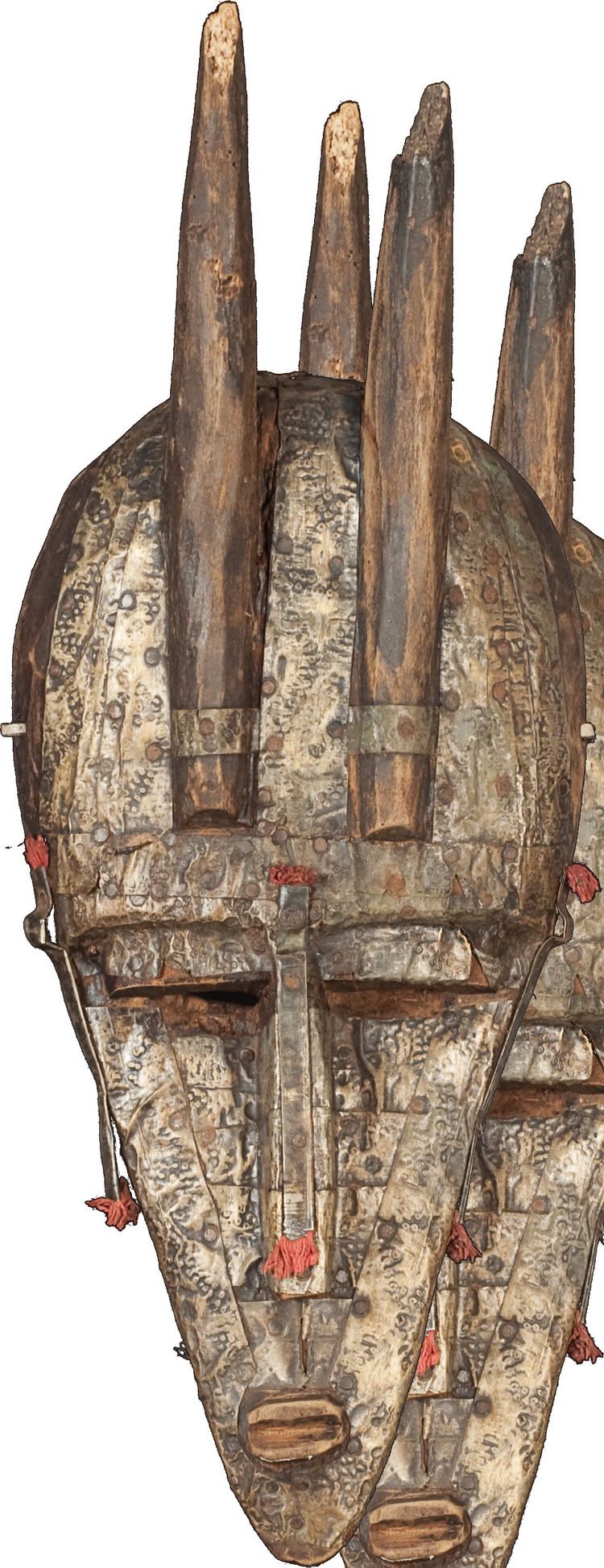
Bambara is spoken throughout Mali as a lingua franca. The language is most widely spoken in the areas east, south, and north of Bamako, where native speakers and/or those that identify as members of the Bambara ethnic group are most densely populated. These regions are also usually considered to be the historical geographical origin of Bambara people, particularly Segou, after diverging from other Manding groups.
Dialects

The main dialect is Standard Bamara, which has significant influence from Maninkakan. Bambara has many local dialects: Kaarta, Tambacounda (west); Beledugu, Bananba, Mesekele (north); Jitumu, Jamaladugu, Segu (center); Cakadugu, Keleyadugu, Jalakadougu, Kurulamini, Banimɔncɛ, Cɛmala, Cɛndugu, Baninkɔ, Shɛndugu, Ganadugu (south); Kala, Kuruma, Saro, dialects to the northeast of Mopti (especially Bɔrɛ); Zegedugu, Bɛndugu, Bakɔkan, Jɔnka (southeast).,
Writing
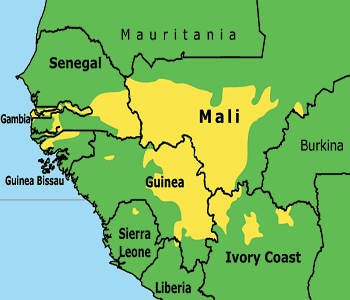
Since 1967, Bambara has mostly been written in the Latin script, using some additional phonetic characters. The vowels are a, e, ɛ (formerly è), i, o, ɔ (formerly ò), u; accents can be used to indicate tonality. The former digraph ny is now written ɲ when it designates a palatal nasal glide; the ny spelling is kept for the combination of a nasal vowel with a subsequent oral palatal glide. Following the 1966 Bamako spelling conventions, a nasal velar glide "ŋ" is written as "ŋ", although in early publications it was often transcribed as ng or nk.

The N'Ko (ߒߞߏ) alphabet is a script devised by Solomana Kante in 1949 as a writing system for the Manding languages of West Africa; N’Ko means 'I say' in all Manding languages. Kante created N’Ko in response to what he felt were beliefs that Africans were a "cultureless people" since prior to this time there had been no indigenous African writing system for his language. N'ko came first into use in Kankan, Guinea as a Maninka alphabet and disseminated from there into other Manding-speaking parts of West Africa. N'ko and the Arabic script are still in use for Bambara, although the Latin script is much more common.
Grammar

Like Turkish and Japanese, it is an agglutinative language, meaning that morphemes are glued together to form a word.

The basic sentence structure is Subject Object Verb. Take the phrase, "n t'a don" (I don't know [it]). "n" is the subject (me), "a" is the object (it), and "[ka] don" is the verb ([to] know). The "t'" is from the present tense marker "té." "té" is the negative present tense marker and "bé" is the affirmative present tense marker. Therefore, "n b'a don" would mean "I know it".

Bambara is an SOV language and has two (mid/standard and high) tones; e.g. sa 'die' vs. sá 'snake.' The typical argument structure of the language consists of a subject, followed by an aspectival auxiliary, followed by the direct object, and finally a transitive verb. Naturally, if the verb is intransitive, the direct object is absent.

Bambara does not inflect for gender. Gender for a noun can be specified by adding an adjective, -cɛ or -kɛ for male and -muso for female. The plural is formed by attaching a vocalic suffix -u, most often with a low tone (in the orthography, -w) to nouns or adjectives.
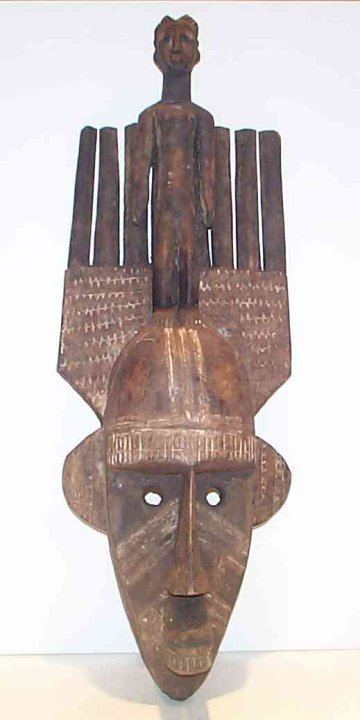
Bambara uses postpositions in much the same manner as languages like English and French use prepositions. These postpositions are found after the verb and are used to express direction, location, and in some cases, possession.
Loan words
In urban areas, many Bambara conjunctions have been replaced in everyday use by French borrowings that often mark code-switches. The Bamako dialect makes use of sentences like: N taara Kita mais il n'y avait personne là-bas. : I went to Kita [Bambara] but there was no one there [French]. The sentence in Bambara alone would be N taara Kita nka mɔgɔsi tuntɛ yen. The French proposition "est-ce que" is also used in Bambara; however, it is pronounced more slowly and as three syllables, [ɛsəkə].
Bambara uses many French loan words. For example, some people might say: I ka kulosi ye jauni ye: "Your skirt is yellow" (using a derivation of the French word for yellow, jaune.)
However, one could also say: I ka kulosi ye neremuguman ye, also meaning "your skirt is yellow." The original Bambara word for yellow comes from "neremugu," being flour (mugu) made from néré (locust bean), a seed from a long seed pod. Neremugu is often used in sauces in Southern Mali.
Most French loan words are suffixed with the sound 'i'; this is particularly common when using French words which have a meaning not traditionally found in Mali. For example, the Bambara word for snow is niegei, based on the French word for snow neige. As there has never been snow in Mali, there has not been a traditional meaning for the word and thus no unique word in Bambara to describe it.
Examples
N bɛ bamanankan mɛn dɔɔni-dɔɔniI understand/hear a little bit of Bambara (lit: I aux positive Bambara hear small-small)I tɛna dumuni ke wa?Aren't you going to eat? (lit: you aux negative future eating do question particle)Du Mara be ameriki hali bi wa?Is Dou Mara still living in the USA? (lit: Dou Mara still America in live question particle)Macire nana MALI la wa? (did Macire come to Mali?)
N bɛ I Baw KawI will beat you (lit:I will beat you)N be I feI like you (lit: I love you)Music
Malian artists such as Oumou Sangaré, Sidiki Diabaté, Rokia Traoré, Ali Farka Touré, Salif Keita, Habib Koité, and the married duo Amadou & Mariam often sing in Bambara. Aïda of the band Métisse often sings in Dioula, as does Mory Kante, born in Guinea to a Malian mother; his most famous song to date is "Yeke Yeke" (Alpha Blondy). Lyrics in Bambara occur on Stevie Wonder's soundtrack Journey through the Secret Life of Plants. Tiken Jah Fakoly (reggae) often sings in Dioula and French.
Additionally, in 2010, Spanish rock group Dover released their 7th studio album I Ka Kené with the majority of lyrics in the language. American rapper Nas also released a track titled "Sabali" in 2010, featuring Damian Marley. "Sabali" is a Bambara word meaning 'Patience'.
Legal status
Bambara is one of several languages designated by Mali as a national language.
